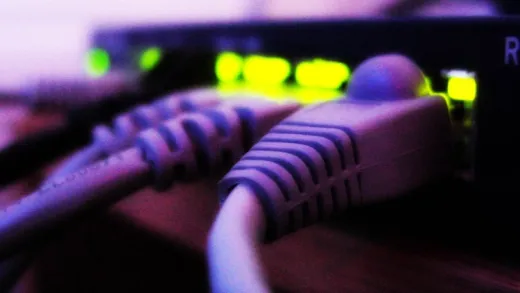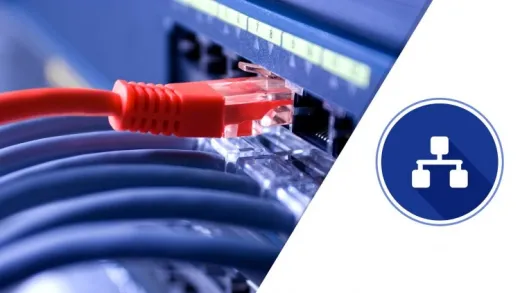Brief Summary
This course simplifies the daunting topic of subnetting, essential for networking exams. You'll get to grips with calculating subnet boundaries and dive into Variable Length Subnet Masks, making subnetting feel easy and approachable.
Key Points
-
Subnetting is crucial for CCENT/CCNA or ICND1 exams.
-
Understanding basic IP addressing is key to mastering subnetting.
-
The course is divided into sections with increasing difficulty.
-
Learn to calculate subnet boundaries and valid host addresses.
-
Introduction to Variable Length Subnet Masks (VLSMs).
Learning Outcomes
-
Master subnetting calculations for networking exams.
-
Understand and apply Variable Length Subnet Masks (VLSMs).
-
Confidently subnet networks mentally.
-
Increase your skills in designing efficient networks.
-
Break down complex subnetting concepts into simple steps.
About This Course
Learn the easy way to subnet
One of the most intimidating but extremely important subjects on the CCENT/CCNA or ICND1 exam is subnetting.
If you started listening from basic IP addressing which is covered in our list of topics from the beginning and have understood everything, then you won't have any problem understanding subnetting.
I'm going to try and explain subnetting as simply as possible and hope to answer all your questions.
Now, because subnetting is a big topic to talk about, I've split it into a few sections. Logically, as you move on to higher sections, the concepts and material difficulty will increase:
The guide will help you in calculating subnet boundaries and valid host address fast enough for use in a Cisco CCNA or ICND1 exam.
Introduces you to subnetting
you’ll learn about Variable Length Subnet Masks (VLSMs) and how to design a network using VLSM.
By the end of the course You will be able to subnet a network in your head.











Lai K. L. @.
Clear explanation on VLSM. Well done!